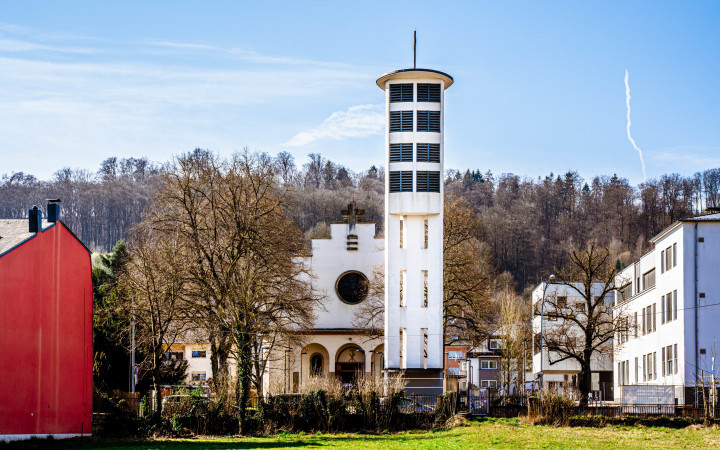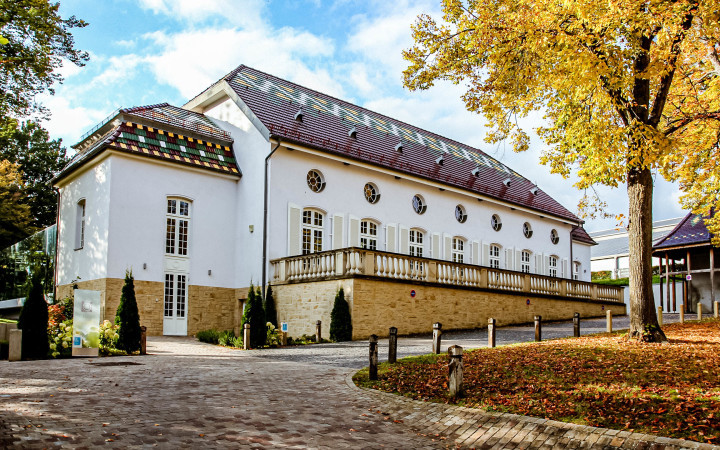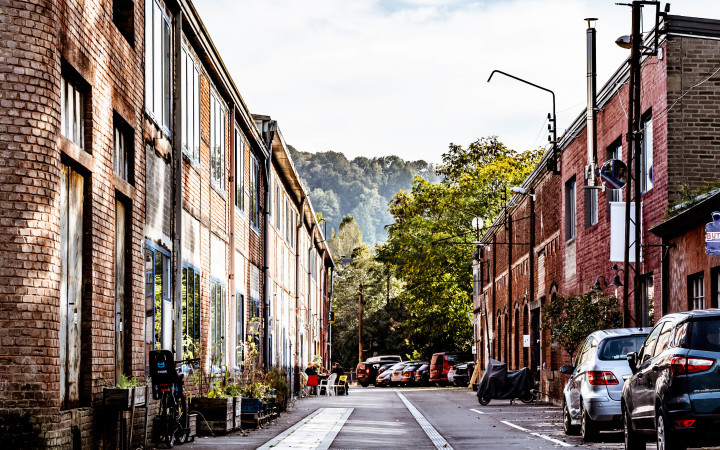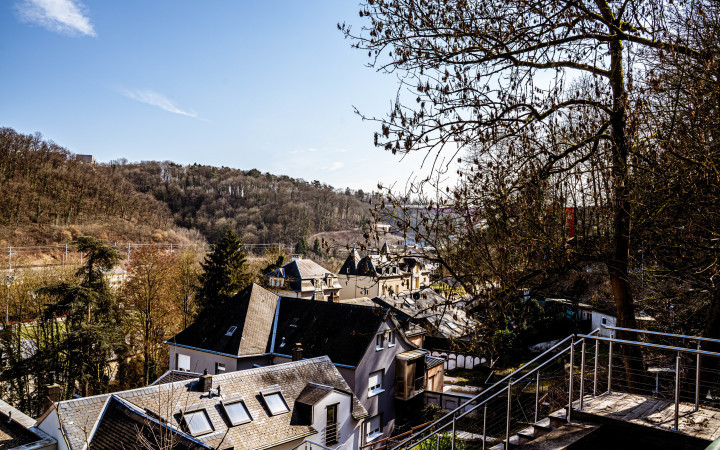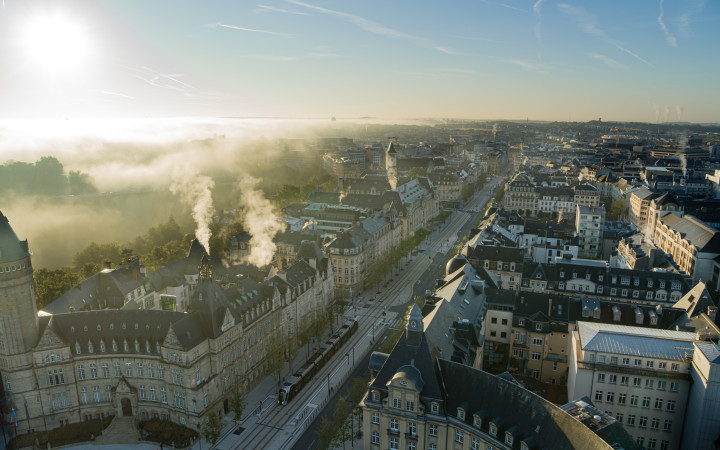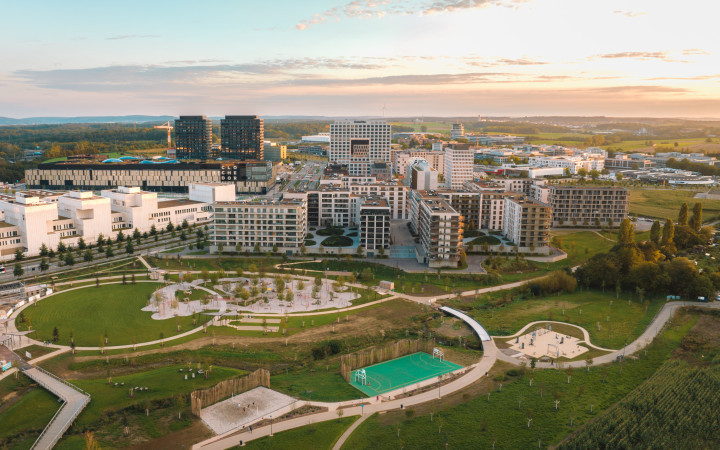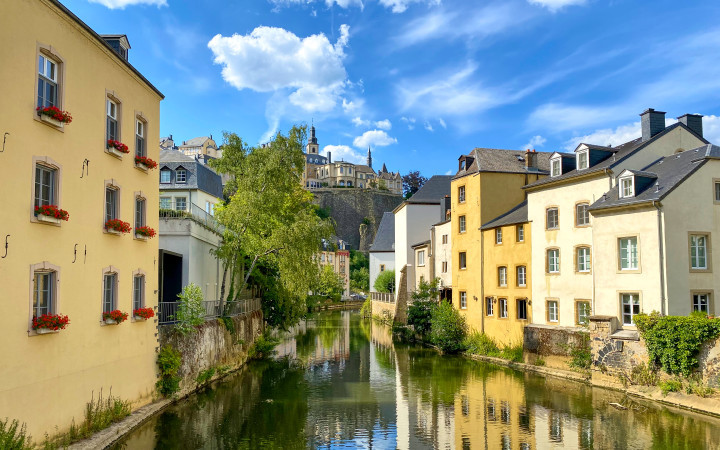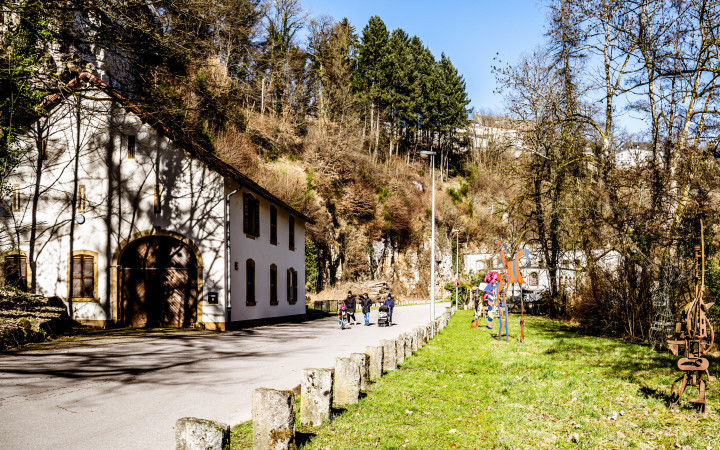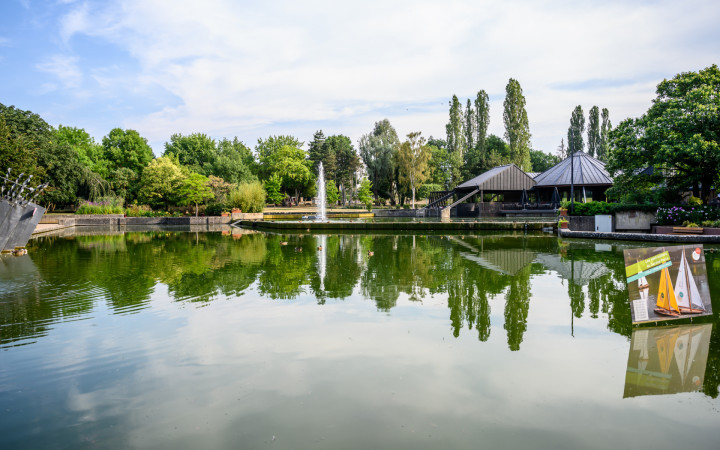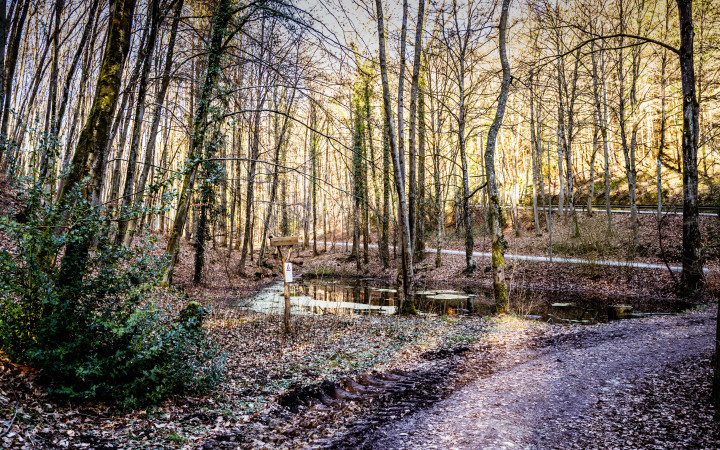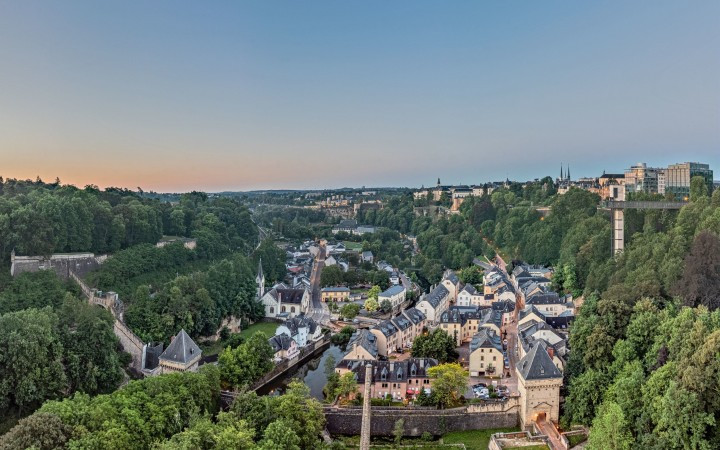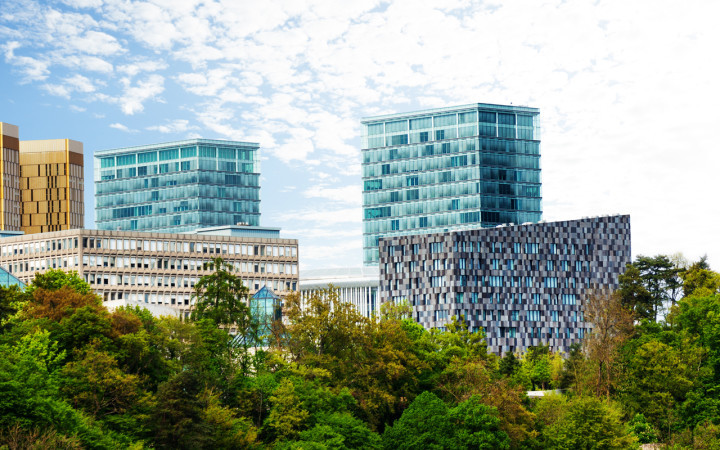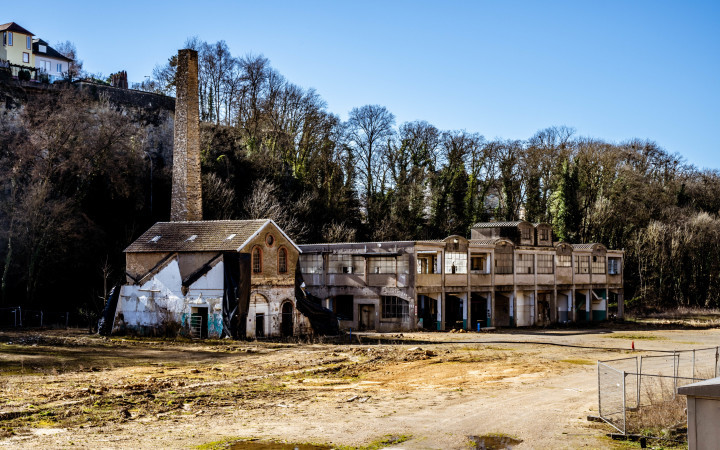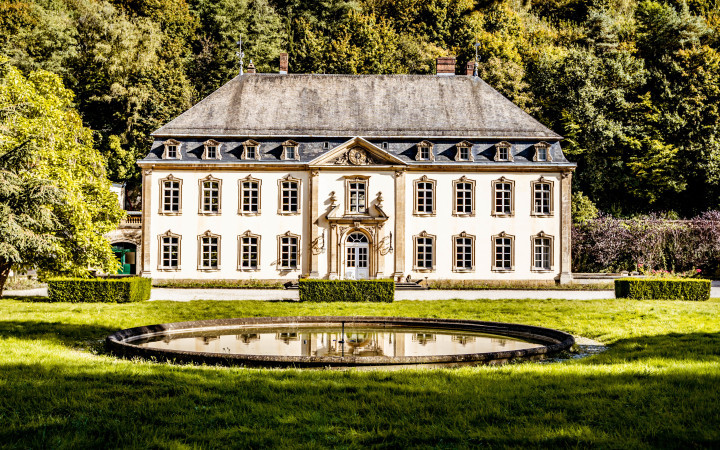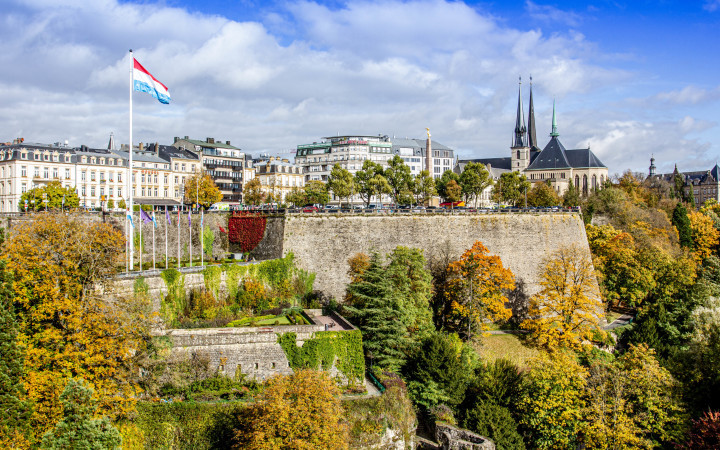
Cessange
It may be Luxembourg’s largest district in terms of the area it covers, but Cessange, in the south-west of the capital, is a peaceful, tranquil part of the capital. Hardly surprising, given only 11 percent of the district has been built on!
First mentioned in 1083
Cessange is first mentioned in a document from 1083, in which Conrad I, Count of Luxembourg, signed over a country house, including stables and barns, to Altmünster Abbey. Cessange, known as Zéisseng in Luxembourgish, has always been a sparsely populated area, ever since records began. And in around 1681, when the French army under Louis XIV attempted to conquer the fortified city, it is likely there was no one living in Cessange.
Or at least that appears to have been the case, as entries did not begin to appear in the church records again until two years later. Up until 1920, Cessange belonged to the former municipality of Hollerich, before Hollerich’s merger into the City of Luxembourg that same year. Cessange has only been an independent district since the 1970s.

A large, open park
The district boasts a large, open park: Cessange Park, which begins opposite the Fischerhaff bus stop and extends along Zéissengerbaach stream. A number of picturesque wooden bridges cross the stream. Larches, large-leaved lindens, horse chestnuts and black alders line the long path through the park. And right at the end of the park, there’s a surprise in store for visitors: a beach volleyball court!

Stunning stained glass windows

If you walk a little way up Rue de Cessange from the Fischerhaff bus stop, you will see a church on your left. As the old parish church had become too small for its congregation, a new church, surrounded by trees, was consecrated here in 1972. The new church’s stunning stained glass windows were designed by Gustave Zanter, while the altar, tabernacle, lectern and font were created by artist Charles Kohl.
Further uphill and south of the church, the Kohlenberg area of Cessange stands 310 metres above the former village centre. The name Kohlenberg – or “coal mountain” in English – dates back to the Napoleonic era, when what was Cessange’s forest was completely cleared to produce charcoal. At the highest point of the hill, at the end of Rue Tubis, the Cessange water tower rises into the air.
Boy Konen Bike Park
With its Boy Konen Stadium and Bike Park, the quiet district of Cessange is also a great place for sports enthusiasts. Keen cyclists above all will love it here, as the bike park’s mountain bike track is the only training ground in Luxembourg to combine all features: from the tabletop to the enduro track to the BMX track.

Photo gallery
How to get there?
By car:
You can check for available parking spaces on the Luxembourg-city parking guidance system.
By public transport:
To go around the city, check out www.mobiliteit.lu which offers live and practical information on public transport in Luxembourg.
Useful information: all buses, trams and trains within the country of Luxembourg are free of charge for citizens and visitors alike.






